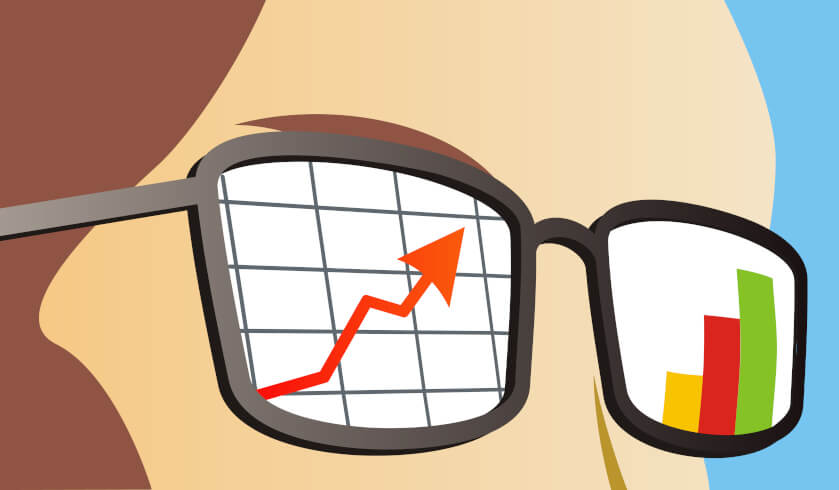Investors smarter than owner-occupiers over debt, assets supporting debt
The latest analysis by CoreLogic of ABS data shows how investors are taking on debt better than owner-occupiers, as well as how the former is overtaking the latter even though both asset wealth and household debt are at record highs overall.

New RBA figures place the ratio of household debt to disposable income at 193.7 per cent at the end of June 2017, increasing by 2 per cent over the quarter and 3.9 per cent over the year to a new record high.
To continue reading the rest of this article, please log in.
Create free account to get unlimited news articles and more!
CoreLogic research analyst Cameron Kusher said the majority of this debt is related to housing, with the ratio of housing debt to disposable income being at 136.4 per cent, rising 1.4 per cent over the quarter and 3.9 per cent over the year.
“Clearly, household and housing debt has increased over time relative to disposable incomes. Of note is that since the financial crisis, the rate of escalation has slowed,” Mr Kusher said.
Out of that 136.4 per cent, only 33.2 per cent is held by investors, indicating investors are playing their cards right when it comes to dealing with debt, while the other 103.2 per cent is held by owner-occupiers.
Meanwhile, the ratio of household assets to disposable income at the end of June 2017 was at 935.6 per cent, up 6.6 per cent over the last year, and housing assets to disposable income was at 516.5 per cent, up 7.8 per cent over the last year; both were record highs.
Mr Kusher said by comparing the asset and debt ratios, despite the high levels of debt, assets are pulling their weight and are in fact supporting debt.
Further, recent years have shown the ratios of household and housing debt to assets have been declining. As of June 2017, the ratio of household debt to assets was at 20.7 per cent, and housing debt to assets was at 26.4 per cent.
One of the reasons behind the declining ratio of debt to assets, according to Mr Kusher, is the fall of interest rates. As of the end of June 2017, the ratio of household interest repayments to disposable income was 8.7 per cent and to housing was 7.1 per cent.
Low rates translate for debtors with debts can maintain previous repayments, which allows for additional debt to be repaid when interest rates fall.
“The latest household finance data from the RBA highlights that Australian households are heavily indebted, largely due to housing. While debt levels are high, the value of household and housing assets are, at this stage, considerably greater than the level of debt,” Mr Kusher said.
“Of course, if household and housing asset values begin to fall in the future, the accompanying debt may not fall at the same rate and that remains the main concern with the ongoing increase in household and housing debt.
“Although Australia survived the financial crisis with much less damage than many other countries, of note was the fairly sharp rise in the ratio of household and housing debts to assets over that period. A more sustained downturn could potentially see a much greater increase in these ratios as asset values fall but the debt against these assets remain.”

